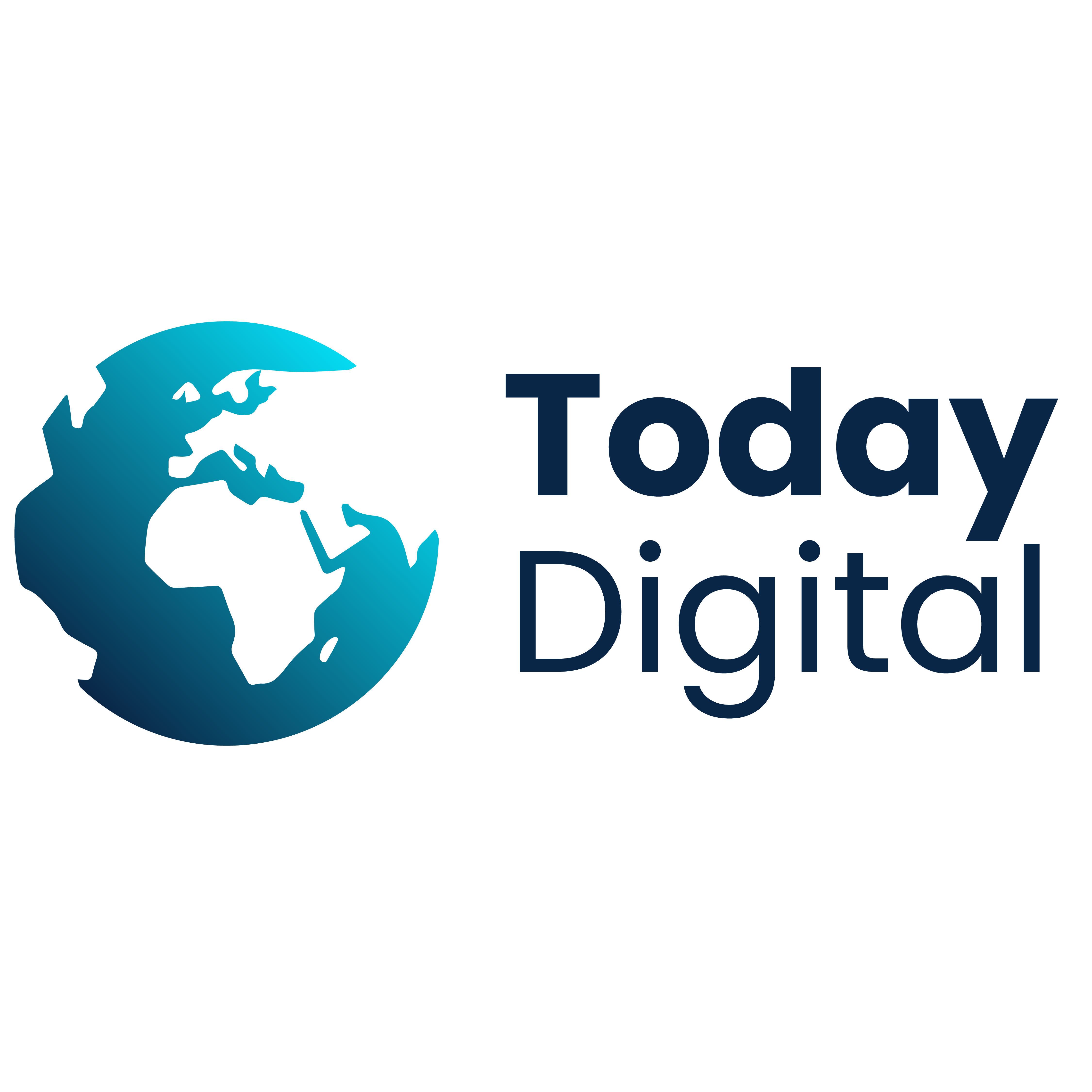The Future of AI: How AI Is Changing the World
Artificial Intelligence (AI) is not just a buzzword—it is a profound technological revolution that is redefining every aspect of modern life. From automating routine tasks to solving complex global challenges, AI is now woven into the very fabric of our society. Its rapid advancement is changing how we work, communicate, travel, learn, and even think.
In this article, we’ll take a deep dive into how AI is changing the world, what we can expect in the coming years, and the responsibilities that come with this transformation.
What Is Artificial Intelligence?
At its core, Artificial Intelligence (AI) refers to the development of computer systems that can perform tasks normally requiring human intelligence. This includes:
Machine Learning (ML): Systems that learn from data and improve over time.
Natural Language Processing (NLP): Machines that understand, interpret, and respond to human language.
Computer Vision: The ability of machines to interpret and analyze visual information.
Robotics: AI-driven machines capable of performing physical tasks.
Generative AI: Systems that create text, images, music, and code—like ChatGPT or DALL·E.
How AI Is Reshaping the World
1. AI in Healthcare: Saving Lives with Data
Healthcare has experienced one of the most profound transformations due to AI. It is enhancing diagnostics, streamlining hospital operations, and helping in the discovery of life-saving treatments.
Key Applications:
Predictive Analytics: AI predicts patient risks based on electronic health records.
Medical Imaging: Deep learning models identify tumors, fractures, and diseases with near-perfect accuracy.
AI in Genomics: Speeds up analysis of genetic data to personalize medicine.
Virtual Health Assistants: 24/7 AI-based chatbots offering medical advice and reminders.
Real-World Example:
Google’s DeepMind developed an AI that detects over 50 eye diseases as accurately as world-leading doctors.
2. AI and the Future of Work
Automation, powered by AI, is transforming the workplace. While some jobs are being displaced, many new roles are emerging that demand creativity, critical thinking, and human oversight.
Impact:
AI in Recruitment: Tools that screen CVs, assess candidates, and reduce hiring bias.
AI for Productivity: Virtual assistants help with scheduling, emails, and data entry.
AI in HR: Predictive tools for employee retention, engagement, and performance reviews.
Future Outlook:
According to the World Economic Forum, AI will displace 85 million jobs by 2025—but create 97 million new ones, especially in data science, content creation, and human-AI collaboration.
3. Education Reimagined by AI
AI is tailoring education to fit every learner’s pace, style, and level, making learning more accessible and effective.
Innovations:
Adaptive Learning Platforms: Modify lessons in real-time based on student performance.
AI Tutors: Available 24/7 to explain complex topics and provide practice exercises.
Grading Automation: Saves time for educators while ensuring consistency.
Example:
Platforms like Khan Academy’s Khanmigo use GPT-powered AI to tutor students interactively.
4. AI in Transportation: Toward a Driverless Future
AI is the engine behind smart, safe, and sustainable transportation systems.
Applications:
Autonomous Vehicles: AI enables cars to drive with minimal human input.
Logistics Optimization: AI predicts delivery times, plans efficient routes, and reduces fuel usage.
Traffic Management: Smart systems adjust signals in real-time to reduce congestion.
Case in Point:
Tesla’s Autopilot mode and Waymo’s driverless taxis are leading the autonomous vehicle race.
5. Revolution in Retail and E-Commerce
AI is personalizing customer experiences, automating operations, and driving sales in the retail sector.
Benefits:
Product Recommendations: Based on user behavior and preferences.
Inventory Management: AI forecasts demand, reducing waste and overstock.
Customer Service: AI chatbots offer 24/7 support in multiple languages.
Example:
Amazon uses AI for everything from pricing strategies to predictive shipping, sending products before customers even order them.
6. Smart Homes and IoT Integration
AI is making homes smarter, safer, and more energy-efficient.
Voice Assistants: Alexa, Siri, and Google Assistant help control devices with voice commands.
Smart Security: AI-powered cameras recognize faces and detect unusual activity.
Energy Management: AI learns your usage patterns to reduce electricity bills.
7. AI in Entertainment and Creativity
AI is not just functional—it’s also incredibly creative.
Music Composition: Tools like AIVA and Amper create original music tracks.
Visual Art: DALL·E and Midjourney generate stunning visuals from text prompts.
Content Generation: GPT-based tools write stories, poetry, articles, and even code.
Fun Fact: The movie “The Scripted” was co-written by an AI, marking a new era in filmmaking.
Ethical, Legal, and Social Challenges of AI
While AI holds immense potential, it also brings risks and ethical dilemmas:
1. Bias and Discrimination
AI models can inherit biases from training data, leading to unfair treatment in hiring, lending, or law enforcement.
2. Data Privacy
AI systems often rely on massive datasets, raising concerns about how personal information is collected and used.
3. Autonomous Weapons
AI-powered military tools raise questions about accountability, legality, and ethics in warfare.
4. Regulation and Accountability
There is a growing global demand for AI regulation to ensure transparency, fairness, and safety.
The Future of AI: What Lies Ahead?
1. General AI (AGI)
Unlike narrow AI focused on specific tasks, Artificial General Intelligence would understand, learn, and apply knowledge across different domains, just like a human. Though we’re still far from AGI, its development could fundamentally change society.
2. AI and Sustainability
AI can tackle global environmental challenges by predicting natural disasters, optimizing energy usage, and monitoring climate change.
3. AI for Good
AI is being used for humanitarian purposes, like predicting famine, improving disaster response, and expanding access to education and healthcare in underdeveloped regions.
Conclusion: Embracing the AI Future Responsibly
AI is no longer science fiction—it is science fact. Its influence will only grow stronger in the years ahead. While it brings incredible benefits, we must address its challenges with care, transparency, and responsibility.
Governments, businesses, developers, and citizens must work together to build a future where AI enhances human life without compromising ethics, rights, or dignity.
The future is not AI vs. humans—it’s AI with humans.

